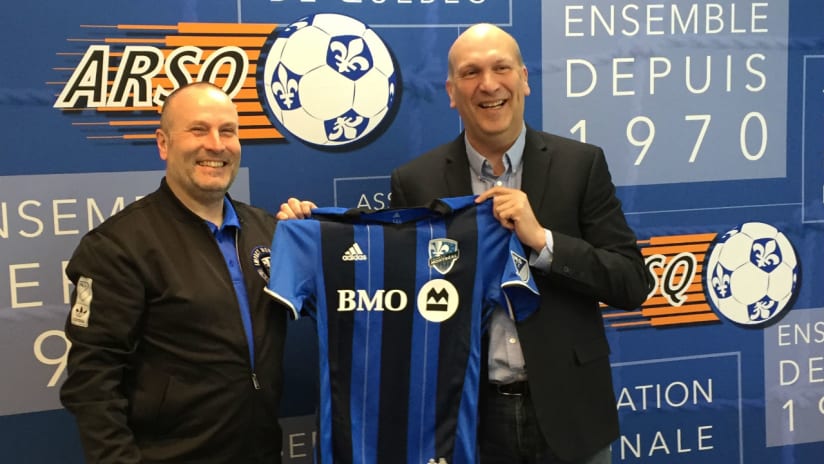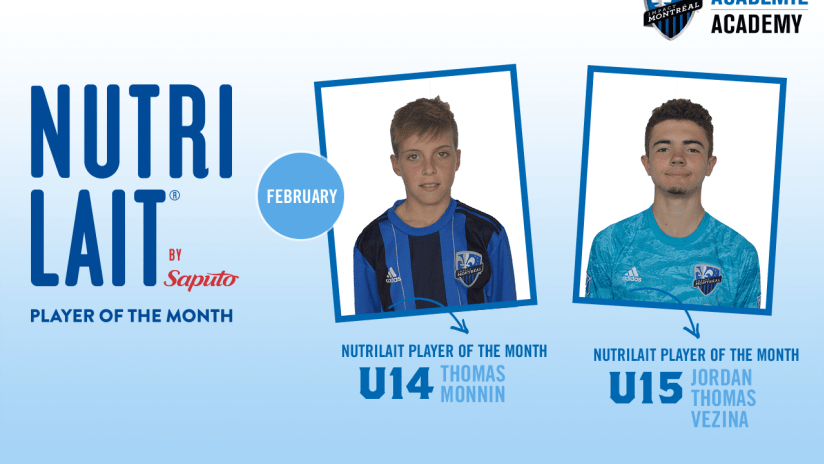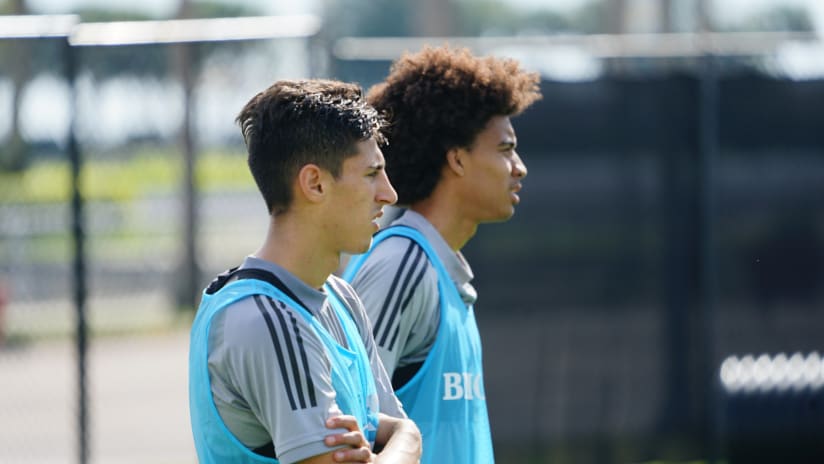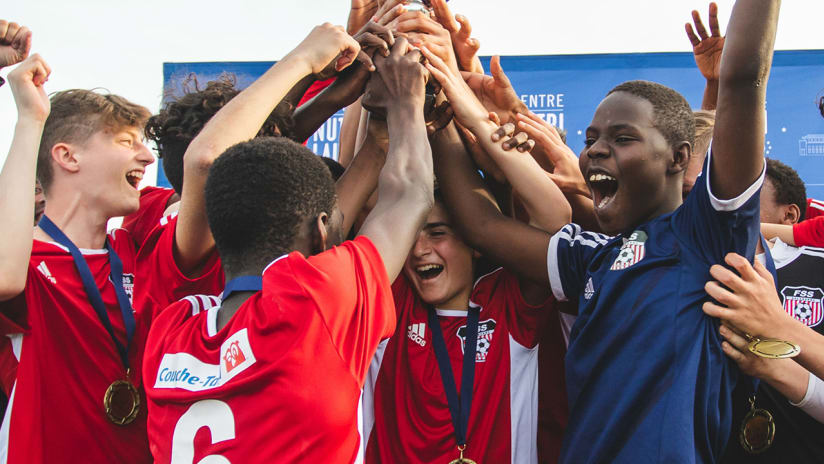The Montreal Impact Academy and the Association régionale de soccer de Québec (ARS Québec) have revealed details of the partnership between the two organizations, which was unveiled last May. This announcement comes after a meeting, last October, between Academy director Philippe Eullaffroy and three ARS Québec representatives: general manager Alexandre Harvey, technical director and senior coach Helder Duarte and communications & marketing coordinator Pierre-Luc Tremblay.
Impact Media attended the meeting to have a word with these stakeholders, who make sure that the pathway from Quebec City to the Impact goes through ARS Québec.
How did this idea for collaboration come about?
Philippe Eullaffroy: We started talking about two-and-a-half years ago. We’d delivered a presentation in Quebec City, and that’s when we started moving forward. We maintain partnerships at various levels, from the technical aspect to the more event/communications-based aspect, where marketing and communications specialists get involved. In all cases, both parties have to benefit from the partnerships – especially their young players –, and we’re open to discussion for anything – because everyone has to be comfortable with it. Then, the partnership is made official: dates, number of visits from coaches, etc. As such, everything is crystal-clear, and both parties can hold each other accountable. With this moral contract agreed upon, at a certain point, we can choose to push the partnership further if we feel it’s going well.
Why are such partnerships so important?
PE: We maintain a number of partnerships with Quebec clubs because, first, we can consider that the whole of Quebec is our youth facility, and second, because close collaboration with clubs and regional associations allows us to maximize our chances of identifying potential players. We can thus achieve everyone’s objectives – the regional association’s, the Impact’s and, first of all, the young player’s, because he wants to maximize his own potential in the hope of turning his passion into his job. And most of all, from our point of view, we’d love to have more players from Quebec City. The city is host to the biggest regional association in the province, but it’s under-represented within our structure. Even with the distance, this is a paradox to us. We have to work in closer collaboration with regional associations and clubs. We need them. The desire to work together is mutual. It can only bring very positive results.
What’s the feeling within ARS Quebec as you unveil this partnership?
Helder Duarte: The reason we’ve been talking to Philippe is that high-potential players live in Quebec City. Here’s one of the things we’d most like to do: if a player falls in the Impact’s sights, but isn’t ready to move to Montreal, we’d like him to do two years of the sports-study with us, according to the Impact’s principles. Then, once he reaches secondary III, he’d leave for Montreal to join the main structure at the Academy. Young players and their parents are often afraid of the unknown, especially when the kid is 12 or 13. We lose a lot of players because of that. But if young players that the Impact want followed this pathway that we lay out for them, we’d keep many. As a regional association, our objective is that as many of our players as possible join the Impact. And the message that we want to send to young players in Quebec City is that if they want to play for the Impact, they have to attend the sports-study program in Quebec City.
Do parents and children ask you that much about the distance between the cities?
HD: It’s the main factor that young players invoke for not joining the structure, for both boys and girls – many girls don’t want to move [to Laval] to join the National High Performance Centre.
Alexandre Harvey: This being said, raising the profile of facilities such as Centre Nutrilait among our members, making them understand everything that you’re doing here, can only benefit everyone. Giving young players a taste of these facilities [by having them take part in a training session here] could give them a better understanding and encourage them to push further, the same way that young Academy players see the pros train at the Centre. They’d see that they don’t have to move to Europe to experience that; they can get that here.
How do young players in Quebec City see their future at the Montreal Impact?
HD: In our presentations for parents, young players and technical directors, we insist on the fact that the top of the pyramid is the Impact. ‘If you want to get to the Impact, here’s the path way.’ When Julien Bourassa [an Impact U13 centre back from Quebec City] joined the Academy, he was featured in the media and on our website. It’s already a topic of discussion.
AH: Even beyond that, the Impact’s profile is on the rise in Quebec City. You now see clubs proudly embark on bus journeys to go and support the Impact in Montreal, which wasn’t the case five years ago. The time is right to talk player development and technical partnerships with the Impact in Quebec City. The crest, the name are part of our lives now.





